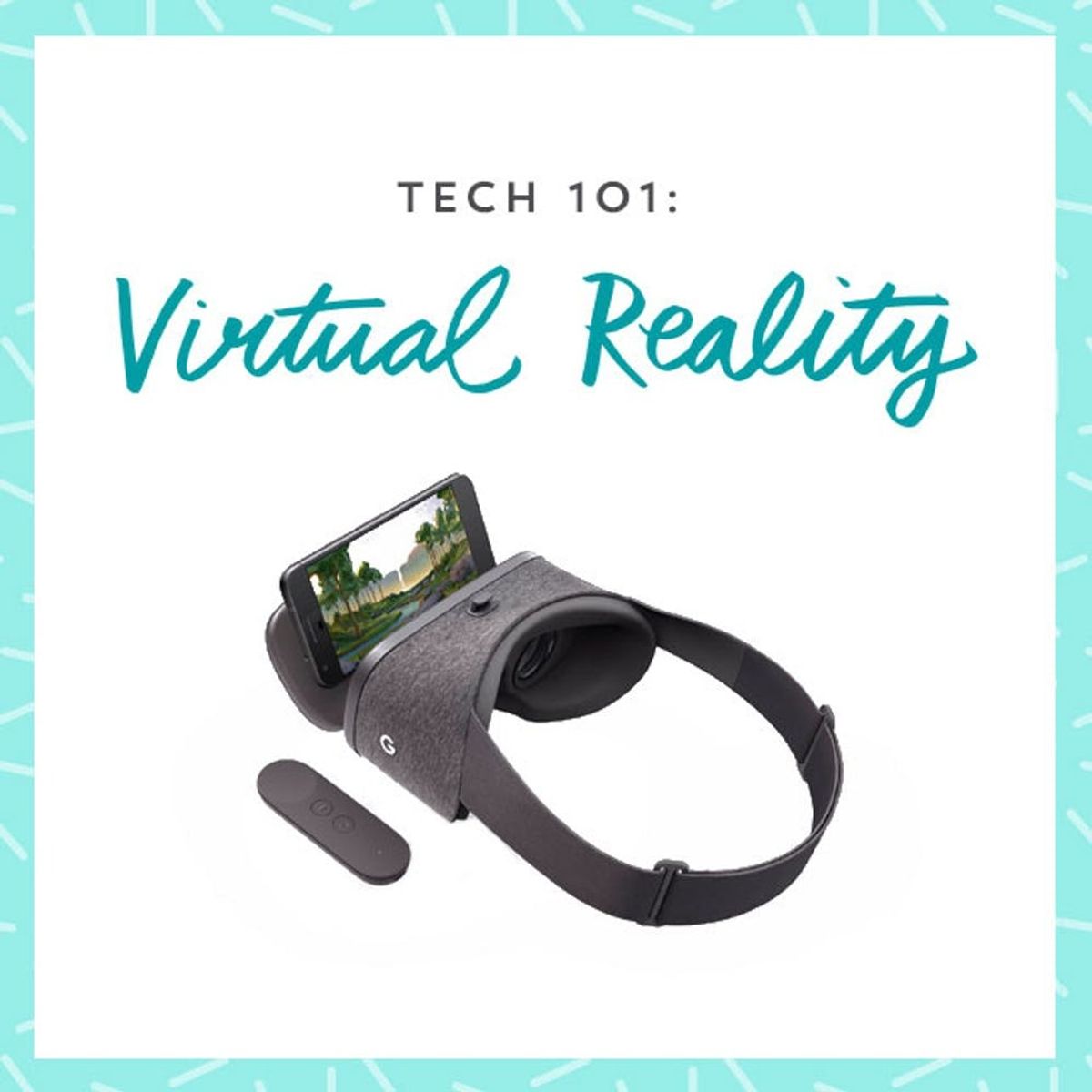Sometimes there are amazing things hidden in plain sight.
Virtual Reality Could Help You Annihilate Your Phobias

With so much technology surrounding us and more being added every day, it gets really hard to keep track of it all. We hear the terms VR and AR tossed around a lot, particularly by the likes of Apple and Google (who recently released their own VR experience), but what the heck does it all actually mean? Well, it turns out virtual and augmented reality aren’t just for gamers. We’re going to break down for you exactly what AR and VR are and what they mean for you.
WHAT IS VR/AR?
Virtual reality is the use of technology devices to generate images, sounds and other sensations for the user in order to make them feel like they are in the situation being shown to them.
Usually, the user can turn their head to look around the environment, as well as interact with various objects. A VR headset will often include headphones to fully immerse the user in the digital environment by cutting off stimuli from the real world. Kind of like sensory deprivation, except the real stimuli are replaced with digital ones.
Augmented reality is a live view of the real world, with some computer-generated elements added in. A good example of this is Snapchat’s live filters, where you can move your face to make the filter change (like opening your mouth with the dog filter on to make the tongue stick out). But AR isn’t just limited to your smartphone! Check out this video of what happened when a bus stop in London was subjected to tigers, UFOs, and mysterious tentacled creatures. The original use of AR on TV was — you guessed it! — the weather channel. Or did you think the weatherman was really standing in a bunch of storm clouds?
COOL WAYS IT’LL AFFECT YOUR LIFE
So now that you know what the difference is between AR and VR, you probably want to know how it impacts you. For one thing, VR makes travel a heck of a lot easier — and cheaper! Now you can travel all across the globe without leaving the comfort of your home, whether you’re doing it because you can’t travel right now or you’re scoping out locations for when you do travel (lucky you!!). VR can also be used to take a virtual tour of the galaxy and college campuses, among other things. It’s even used in exposure therapy to safely help people suffering from phobias or PTSD get over their fears. If you enjoy video games, there are a rapidly increasing number of them becoming available all the time.
AR can do things like let you see what’s inside a product’s packaging without opening it (a virtual try-before-you-buy), display info on your car’s windshield, give you more information when you visit famous landmarks, and make your treks across town awesome (Pokémon Go, anyone?). If you are ever in need of surgery, your surgeon might even use AR to “see” what’s underneath your skin before ever making any cuts. Crazy, right?!
While we don’t recommend spending all your time in virtual or augmented reality, it definitely has benefits. Next time you see a place offering a VR or AR experience, try it out! You might be surprised at all the cool stuff you can do.
What’s the coolest application of AR or VR you’ve seen? Tell us @BritandCo!
(Photos via Luis Alvarez/Getty + Yising Chou/Brit + Co)

















